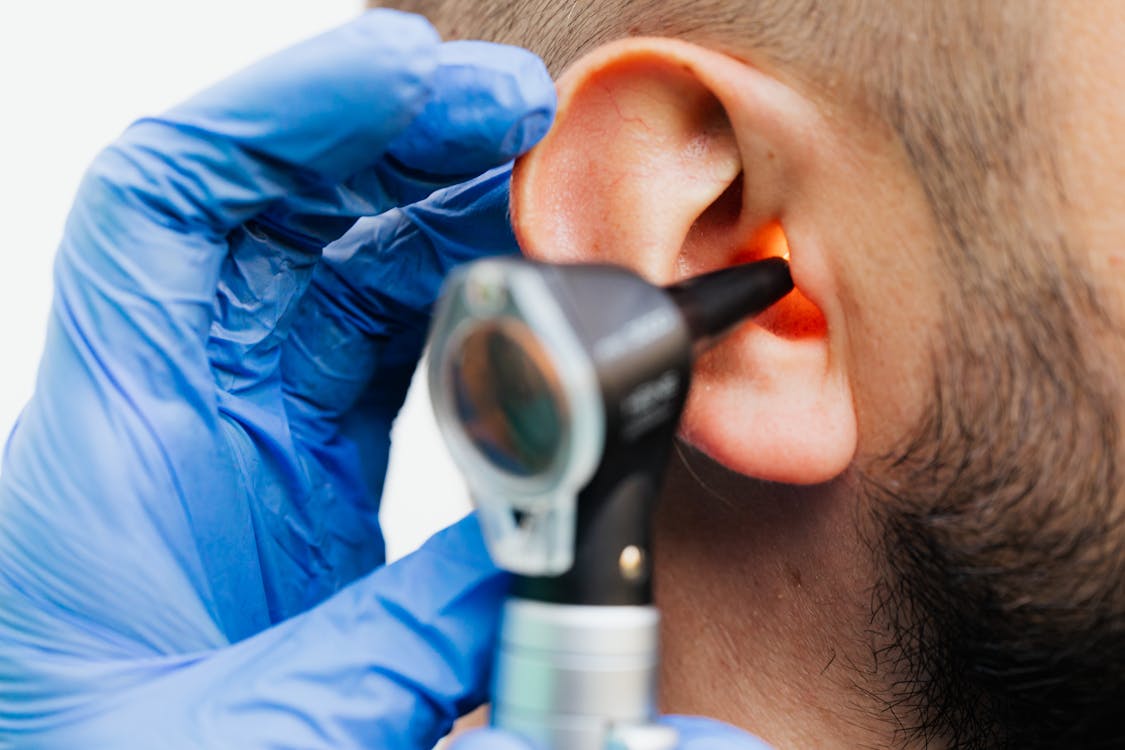
Hearing loss has long been one of the most common health issues of all. At the very least, it is one of those conditions that will affect the majority of people in their later years. This has long been the case, and remains unchanged. But there are a lot of changes in hearing loss around the world, and charting these proves quite insightful and informative.
As it happens, hearing loss across the globe is on the increase, and as we are about to see, there are a few possible reasons for this being the case. Let’s dive into it in a bit more detail.
Hearing Loss Is Rising
In general, the world is seeing a sharp increase in hearing loss in all demographics and more or less every nation on Earth. Why this might be is hard to say, but part of the problem might be something to do with the use of devices alongside earbuds and headphones.
With these becoming more and more prevalent, and with there being a known correlation between their use and hearing loss, it’s hardly surprising that there is quite so much hearing loss these days, and that it is happening pretty much everywhere around the world.
Continue Reading

Many people with hearing loss benefit from wearing hearing aids and using other technology. Permanent hearing loss can’t be cured but it can be treated with the right tools and aids. Hearing aids have come a long way as different technologies have developed and they can now do a lot more than they used to do. There are also much smaller hearing aids available than there used to be, with some of them being practically invisible. People who wear hearing aids are benefitting from a range of technological advancements that give them a better hearing experience and improve their quality of life.
Improved Sound Processing
The way that hearing aids process sound and respond to different frequencies has improved over time. When hearing aids process sound, they need to separate sounds into different bands of frequency and digitize them so that the sound can be amplified for the wearer. Hearing aids that use more advanced technology are more capable of separating sound into specific bands for the hearing aid wearer. This helps to ensure that the most important frequencies are amplified, compensating for the wearer’s exact hearing loss by matching their prescription.
AI
Artificial intelligence is used in some top-of-the-line hearing aids. The AI technology helps with sound processing by tapping into a neural network. The processing of sound can then be optimized and customized for different situations and environments. The user can set their preferences for volume and use different programs to get the best experience from their hearing aids. For example, they might have specific settings for a crowded environment with a lot of background noise. The hearing aids can start to recognize this type of environment automatically and adjust the settings of the hearing aids as needed. They can process sound in a way that’s similar to the brain.
Continue Reading

